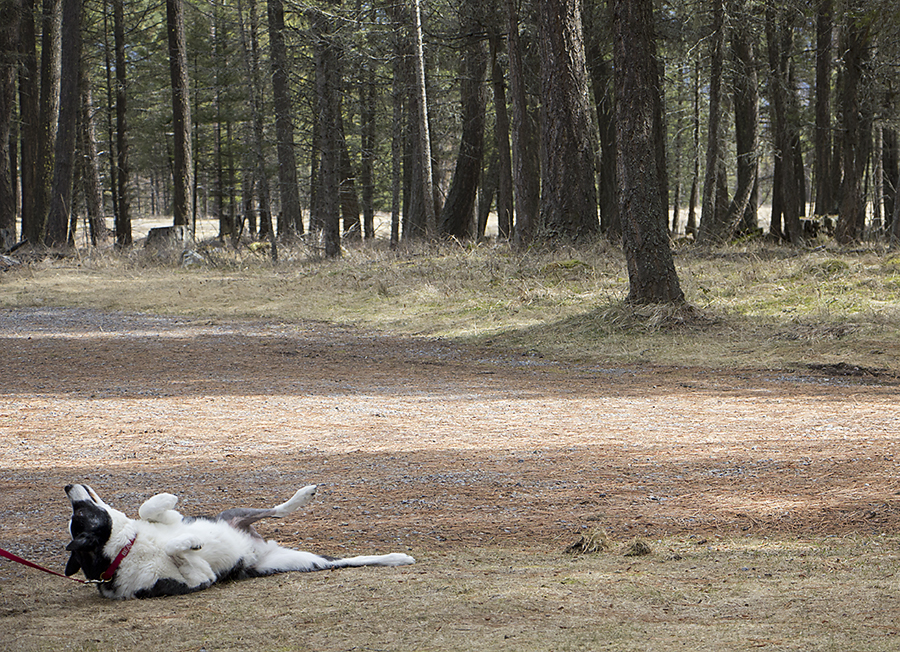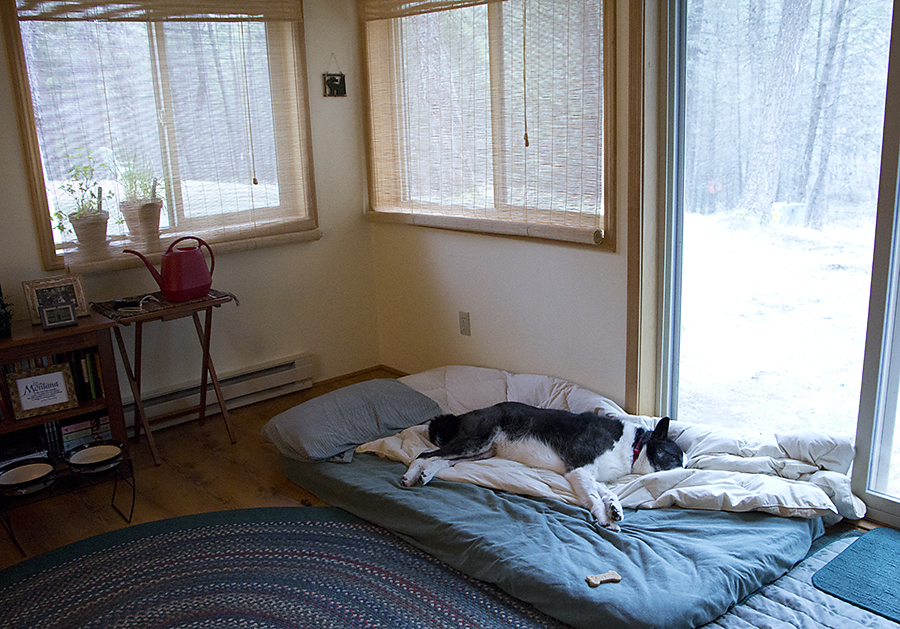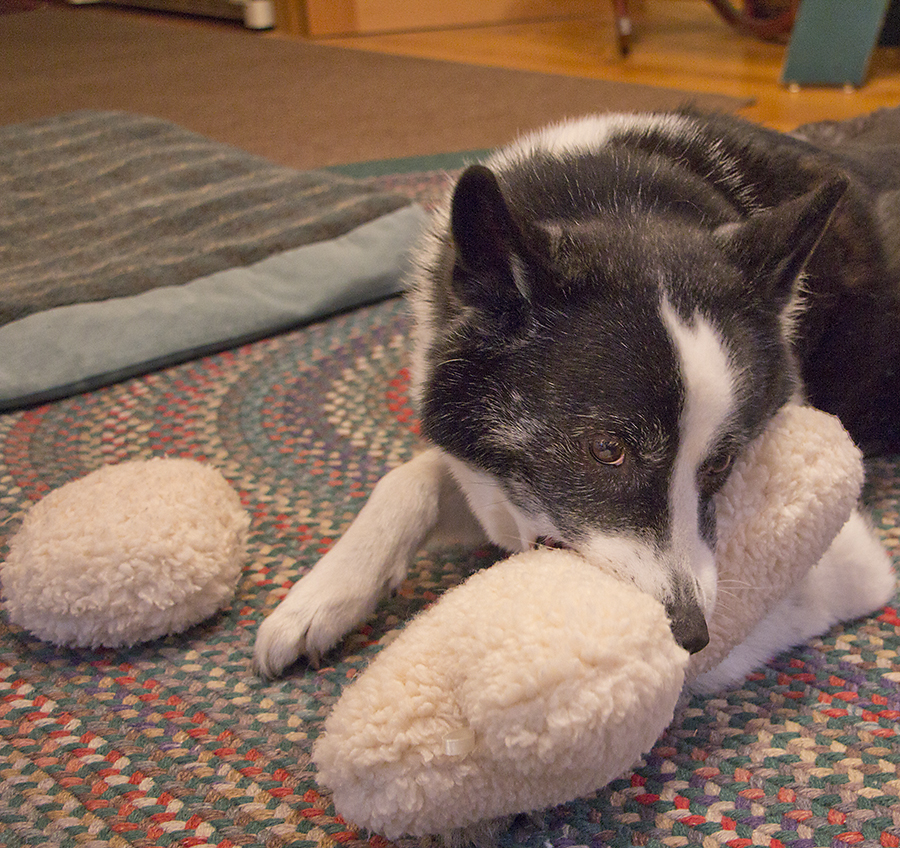T.P.L.O.
TPLO: Tibia Plateau Leveling Osteotomy = the surgery Bear has had on both stiffle joints, aka knees.
Tibia – lower leg bone
Plateau – an area with a relatively flat surface
Leveling – to make level
Osteotomy – a procedure whereby a surgeon removes a wedge of bone near a damaged joint
Following is a link to a one page article about TPLO, including some of the why and why both knees – if you don’t feel like reading all, there are some xray images about 3/4 of the way down that are very clarifying.
Link: T.P.L.O. Article
Bear’s tibial plateaus, before the surgeries, were sufficiently steep to predispose him to cruciate ligament tearing. Add his propensity for leaping and his early life in a fenced yard where he might have run to the fence and then come to a quick stop – all are contributing factors to potential cruciate ligament damage.
Last Fall he started picking up his right leg. It is a bit of a mystery as to why that leg seemed worse as ultimately there was more damage to the left.
Before Bear had the TPLO in the left leg (2nd surgery), the femur (upper leg bone) sat far forward of the tibia indicating that the cranial cruciate ligament was torn completely, allowing this scenario also known as drawer motion.
Now, after surgery, the xray shows the femur centered directly over the tibia and the tibial plateau is at an 8 degree angle vs a 29 degree pre-op angle. The leveled tibial plateau now supports the femur, even in the absence of the cruciate ligament, i.e. Bear has a stable knee(s).
If you read the entire article, the end of it explains the need for low activity, slowly increasing as the bone heals. A fall, a twist or too much weight (hard landing) can stress the screws and plate to breaking point (surgery blow-out) until the bone has healed from the break (osteotomy) made for the plateau leveling.
The trick in all of this, for every dog … they tend to feel very, very good, very, very soon after surgery. All is now in alignment. The torn stuff that can catch and pull has been removed. After the post-op discomfort has gone, they are raring to go. But the bone and probably the supporting muscles are not.
My situation is fortunate in that I work from home and so Bear can be with me, supervised in a room where it is hard for him to get into trouble. We can take the frequent, gradually longer walks that are prescribed for the strengthening of supporting muscles. We can take rides in the Jeep that allow him to look around, relieve some boredom and use some energy. Dogs whose people work outside the home must be crated when left alone unless there is some room that is small and safe. I remind Bear that despite having to endure these surgeries, he is one lucky dog to have the situation that we do :) !!
We have 6 2/3 weeks of gradually longer walks. At week 4 we can start some functional strengthening…sit to stand, figure 8’s, trotting. At week 6 we continue the strengthening with up and down hill walking, figure 8 trotting…you get the drift – gradually increasing activity level and moving slowly back to normal.
The desired outcomes:
no knee inflammation
full range of motion at the knees
full muscle recovery
complete bone healing
halt to any osteoarthritis
return to pre-injury state at 16 weeks
I talk to Bear and tell him the why and what we have to do. We’ve done this once and I am confident we can do it again: one week at a time.
***Comments are open for this post. If there are any other questions, ask away and I will answer if I can.



